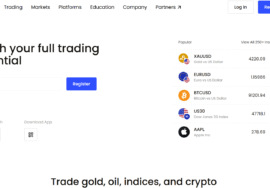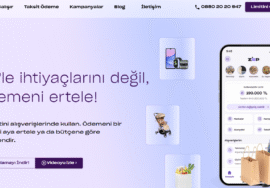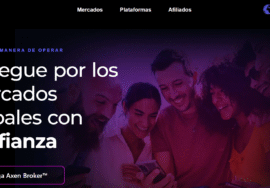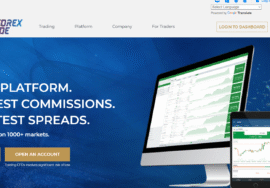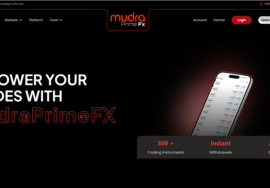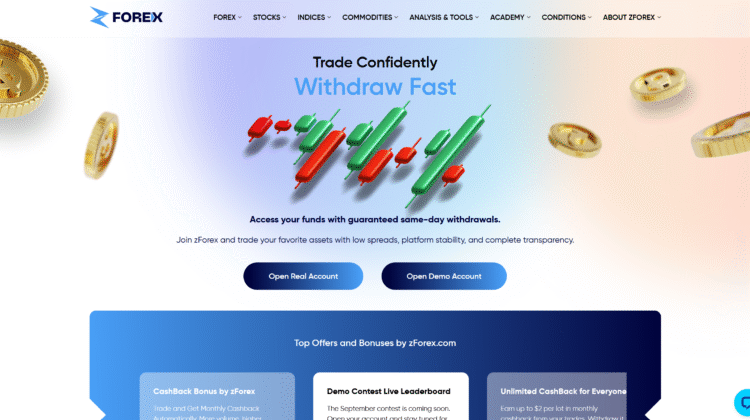
8 Hard-Hitting Red Flags That Make zForex (zforex.com) High-Risk
8 Hard-Hitting Red Flags That Make zForex (zforex.com) High-Risk
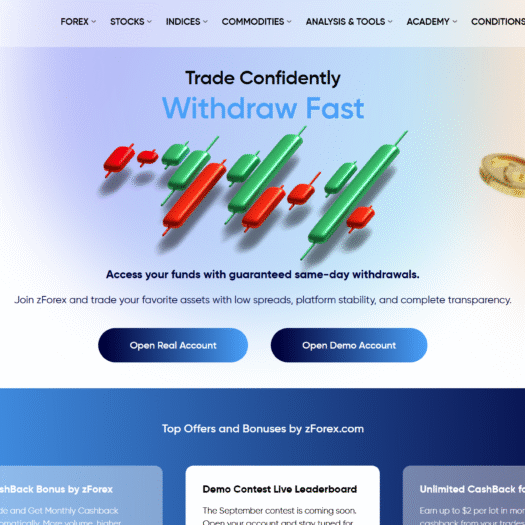
Introduction
zForex (often styled “zForex Capital Market LLC”) markets itself as an international Forex/CFD broker with MT5 and cTrader, “fast withdrawals,” high leverage, and slick onboarding. On its site and profiles it emphasizes being licensed by MISA (Mwali International Services Authority, Comoros) and “registered” in Saint Vincent and the Grenadines (SVG)—jurisdictions widely regarded as offshore, light-touch in retail-FX oversight.
Public commentary is split: you’ll find glowing Trustpilot posts gushing about “stable spreads” and “quick withdrawals,” but there are also forum complaints about blocked withdrawals and bonus-related refusals.
Below are 8 hard-hitting red flags you should weigh before sending a single dollar.
1) Offshore Licensing ≠ Strong Protection
zForex states it is licensed by MISA (Comoros / Mwali) under license T2023321 and registered in SVG. While better than no paperwork, MISA and SVG are not top-tier regulators (unlike FCA/UK, ASIC/AU, CySEC/EU). Offshore regimes typically don’t provide investor compensation schemes, strict conduct supervision, or robust resolution when things go wrong. Even a favorable site review calling zForex “well-regulated” rests on this offshore status—not on Tier-1 cover. Treat the protection level accordingly.
2) Very High Leverage (Up to 1:1000) Supercharges Risk
Independent profiles list leverage up to 1:1000. That’s far above caps in stricter jurisdictions (e.g., EU 1:30), and it magnifies losses as quickly as gains. High leverage + an offshore entity is a classic formula for Spread spike liquidation during news or thin liquidity—your positions can be wiped on abrupt widenings. Reviews highlight the leverage and product range; you must assume volatility and slippage can be brutal.
3) A Trail of Conflicting User Reports About Withdrawals
The public record is mixed. On one end, Trustpilot shows mostly positive experiences and “same-day withdrawals.” On the other, forum posts and complaint boards describe withdrawal rejections or conditions invoked after profits—sometimes framed as “bonus misuse.” zForex staff have replied on forums insisting the claims are false and that they protect their system “against abuse,” which underscores the dispute dynamic you might face when attempting to cash out bigger gains. This is how a KYC loop stall or Bonus clawback clause can play out in practice.
4) Terms Allow One-Sided Changes
zForex’s Terms & Conditions say the company may revise and modify terms at its discretion, with changes effective upon publication. That’s broadly worded latitude that can underpin later disputes over eligibility, fees, or promo rules. Coupled with an offshore forum, this can morph into an Offshore arbitration trap—you argue under the broker’s chosen venue and law rather than a strong consumer regime.
5) Refund Policy Excludes “Violations” and Trading Results
Their Refund Policy says violations of Customer/Partner Agreements or “other legal regulations” are not refundable; neither are any profits or losses from trading activity. If your case is categorized as a “violation,” refund is off the table—precisely the gray area many victims find themselves in after bonus or compliance disputes. This is the fine print that often backs a Bonus clawback clause.
6) Marketing Footprint vs. Verification Gaps
You’ll find upbeat third-party writeups and videos calling zForex “secure,” and community posts praising speed. But watchdog profiles (including WikiFX and FX-List) stress the offshore nature (MISA/SVG) and point to the company’s Bulgarian presence while the license sits offshore. That mismatch (ops in one place, license in another) can complicate jurisdiction and enforcement if something breaks.
7) Positive Reviews Can Be Real—and Still Misleading
Trustpilot shows ~86% five-star at time of writing, which looks great—but keep in mind how easily rating ecosystems can skew (affiliate incentives, early-stage experiences before large withdrawals, etc.). Complaints elsewhere—especially post-profit withdrawal friction—are exactly the scenarios that aren’t captured by happy “first week” reviews. Consider the Mirror-domain phishing angle, too: clones can borrow that positive aura to bait you onto a fake “zForex” domain—always re-type the URL.
8) Blended Platform/Promo Setup Raises Classic Risk Patterns
zForex offers MT5 and cTrader (solid platforms) alongside bonuses and learning content. That combination isn’t inherently bad, but it’s the fertile ground where bonus rules, turnover requirements, or retroactive audits appear when profits spike. Add leverage of 1:1000 and offshore oversight, and you get the familiar arc: easy in, hard out. That’s the pattern behind many KYC loop stall or spread spike liquidation stories you’ll see on forums—especially around high-impact events.
✅ Extended Conclusion : Should You Trust zForex With Your Money?
Short answer: treat zForex as high-risk until proven otherwise. The license is offshore (MISA/Mwali; SVG registration), which simply doesn’t deliver the consumer protections most people assume when they see the word “regulated.” If everything stays sunny—small deposits, quick trades, tiny withdrawals—you might well experience what the five-star reviews describe. But risk tends to surface when you scale up, claim large profits, or intersect a promotion’s small print.
Consider the three pressure points most likely to hurt real users:
- Withdrawal Friction: Offshore brokers often require precise sequencing of KYC, payment-method matching, and “turnover” checks. If back-office decides your pattern conflicts with bonus or AML rules, approvals can stall. On forums you’ll see both sides: traders alleging stonewalling and the company alleging “abuse.” When jurisdiction is offshore, you’re negotiating with limited leverage.
- Bonus & Policy Drift: The T&Cs explicitly allow unilateral modifications. That might legally permit the broker to tighten rules mid-relationship or reinterpret eligibility. The Refund Policy already pre-declares that “violations” and “trading results” aren’t refundable—useful if they argue you breached something tied to a Bonus clawback clause.
- Market Microstructure Risk Under High Leverage: With leverage up to 1:1000, your margin can evaporate on modest moves; add potential spread/latency spikes around news and you’re at risk of Spread spike liquidation—especially if liquidity thins or your trade crosses a volatile session boundary. That isn’t unique to zForex—but if you expect top-tier complaint handling when it happens, you won’t have it offshore.
How to reduce exposure if you still want to try:
- Start tiny & test withdrawals early. Fund the absolute minimum, place a few trades, then withdraw. If your first cash-out isn’t smooth, stop. (Don’t wait until you’re five figures up to find out.)
- Avoid bonuses. Most retail problems begin with bonus entanglements. If you must accept one, print the rules and confirm in writing how they affect withdrawal of principal vs. profit.
- Pre-clear KYC. Upload precisely what they ask, confirm payment-method matching, and keep timestamps. If a KYC loop stall begins, you’ll need a paper trail.
- Hedge “domain risk.” Bookmark the real domain and re-type it—don’t follow links from ads/DMs. Mirror-domain phishing is rampant; a look-alike site can capture your login or deposits.
- Throttle leverage. If you wouldn’t use 1:1000 at a Tier-1 broker, don’t use it here. Trade small; widen stops thoughtfully around news; assume slippage.
- Take profits out regularly. Don’t let a big equity number live only on a screen. Cycle gains off the platform to test real-world payout.
- Document everything. Screens, order tickets, spread screenshots at entry/exit, live chat transcripts, emails. If you escalate (bank, card, regulator, or a mediation forum), evidence wins.


